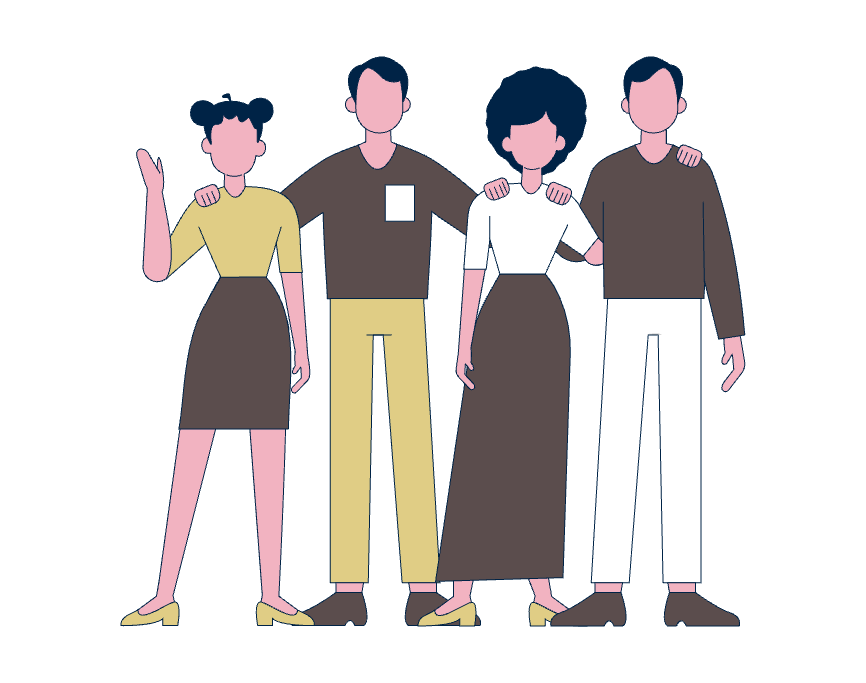“He didn’t mean anything by it when he did that.”
“She only said it because she doesn’t know any better.”
“Don’t take it personally. They didn’t mean it that way.”
Microaggressions refer to everyday, subtle, intentional, or unintentional interactions and behaviors that communicate some sort of bias toward historically marginalized groups. The term is not new (coined in 1970 by a professor of psychiatry at Harvard University). Still, it has gained more awareness in recent years with the growth of dedicated workplace training and academic curricula that explore diversity, equity, and unconscious bias. Though the word contains “micro,” the long-range effects are undoubtedly macro. Throughout my life and career, I’ve heard and experienced microaggressions targeting various characteristics of an individual – gender, race, ethnicity, accents of how they speak, how tall they are, age (or simply, how young or old someone looks), where they live, and what they do for a living. And those microaggressions have come from every role and relationship – patients, colleagues, learners, clinical staff, administrators, those in leadership, friends, and family.
The hidden curriculum of microaggressions is not necessarily whether they occur. Striving to eliminate them altogether is a noble fight, but it is also likely unattainable. The true lesson of microaggressions is how we respond to them and the power we hold in shaping the narrative.
Whether we speak up to address the slight or stay silent when the action occurs, we teach a lesson to those around us. When we speak up, we teach that respect is expected for every individual – no matter their role, life circumstance, or background. However, when we remain silent, we inadvertently perpetuate the microaggression, teaching that the subject of the insult is lesser – less status, less value, and less of a voice.
But the lesson goes even further. Directly addressing the issue allows for a lesson in grace and civility in handling a challenging situation. Confronting a long-standing friend may be one thing, but addressing the microaggression from a person of leadership or a patient is another.
Ehie et al. explore microaggression in the healthcare setting and provide tools and frameworks to implement when doing so1. They point out that interventions to address microaggressions must include not only the development of skills to disrupt microaggressions but, importantly, institutional engagement from top to bottom. Ehie and colleagues provide examples of indirect and direct strategies to address microaggressions – from redirecting and uplifting to reflecting the language used and reaffirming boundaries (Table 2).
It should be noted that the importance of addressing microaggressions is not a reason to do so with bitterness or in vengeful fashion. Among this polarizing world we live in, correcting someone by using a condescending tone or aggression does more harm for the cause than good. Additionally, responding with passive-aggressive actions does nothing to address the issue and should be avoided at all costs.
No matter your response, recognize that a lesson is being taught regardless. It is our job to recognize this and take it upon ourselves to teach the right one.
1 Ehie, O, et al. Professionalism: Microaggression in the healthcare setting. Curr Opin Anaesthesiol. 2021 Apr; 34(2): 131-136.


Leave a Reply